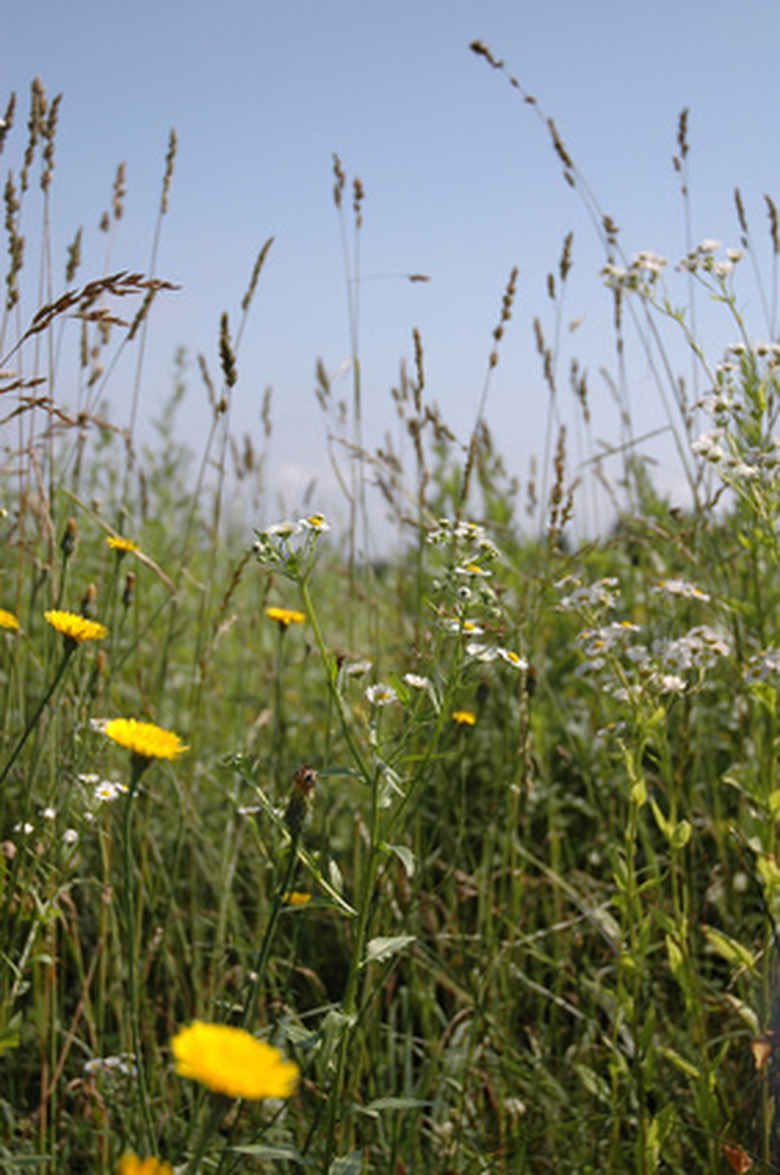Common Roadside Flowers
Wildflowers grace the ditches and cleared land alongside virtually every rural road in the United States. Not all of these flowers are native; some were brought by pioneers and have since escaped cultivation and become naturalized. All are vigorous growers and can be easily cultivated in the home garden.
Queen Anne's Lace
Introduced to the United States from its native Europe, Queen Anne's lace (Daucus carota) has naturalized itself throughout the country. It is found growing along roadsides, in pastures and meadows, and at the edge of woodlands. Queen Anne's lace grows to about 4 feet high and produces white umbels of tiny flowers, like other members of the carrot family. The modern carrot was developed in part from Queen Anne's lace.
- Wildflowers grace the ditches and cleared land alongside virtually every rural road in the United States.
- Queen Anne's lace grows to about 4 feet high and produces white umbels of tiny flowers, like other members of the carrot family.
Blazing Star
A native to the eastern United States, blazing star (Liatris spp.) grows bottle-brush-like flower spikes above leaves that are grass-like, blooming in late summer. Flowers open from the top down on spikes that are from 1 to 5 feet high. Liatris are easy to grow from seed and naturalize easily. It grows in ditches along roadsides and in meadows at the edges of woodlands. In the south it grows primarily in wetlands. Liatris prefers to grow in well-drained soil in full sun. It comes in lavender, pink and white cultivated varieties, although the wildflower varieties are primarily lavender.
- A native to the eastern United States, blazing star (Liatris spp.)
- Liatris prefers to grow in well-drained soil in full sun.
Perennial Sunflower
Also called the Maximillian sunflower (Helianthus maximiliani), this 8 to 12 foot native American flower grows along roadsides throughout the Great Plains states, from Minnesota to Texas. It produces masses of bright yellow 3-inch sunflower-type blossoms on its upper stems. Maximilian sunflowers grow best in full sun and their height is determined by the fertility of the soil. It is excellent forage for wildlife and birds. The plant requires two years to become established and produce flowers.
